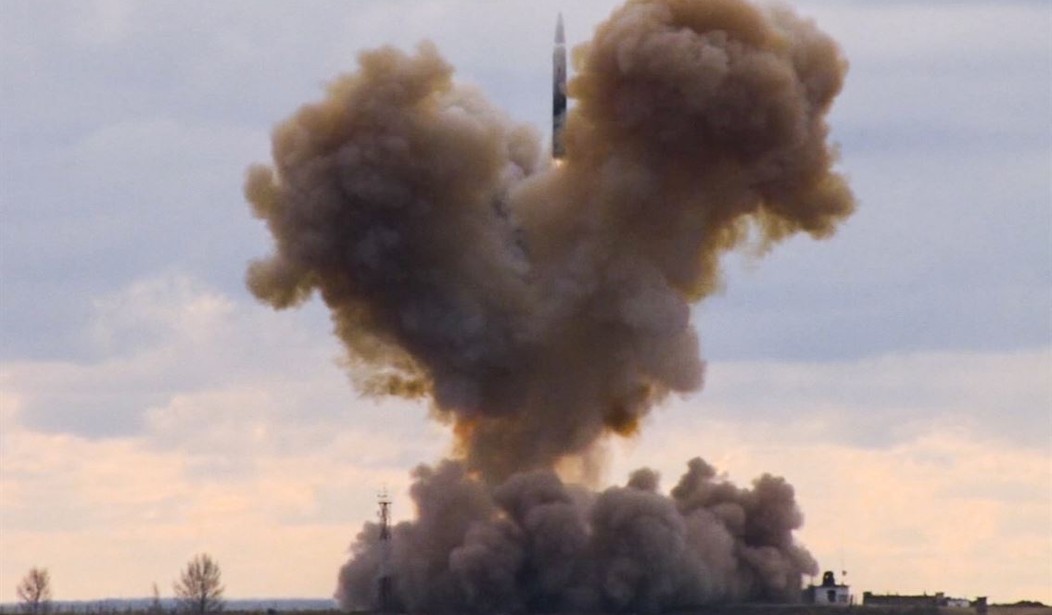It’s a bold claim if it’s true, but there’s a very big “if” in that sentence. The Russians claimed today that they had successfully launched a hypersonic cruise missile from the deck of one of its warships in the White Sea. The Zircon missile allegedly reached speeds of Mach 7 before striking a land target more than 200 miles away. If confirmed, that would truly put Russia near the front of the pack in developing these types of weapons, though the United States and China have been working on their own versions. Reuters has the few details that are available so far.
Russia said on Monday it had successfully tested a Tsirkon(Zircon) hypersonic cruise missile, a weapon President Vladimir Putin has touted as part of a new generation of missile systems without equal in the world.
The defence ministry said in a statement that the missile had been fired from the Admiral Gorshkov, a warship located in the White Sea, and travelled at around seven times the speed of sound before hitting a ground target on the coastline of the Barents Sea more than 350 km (217 miles) away.
“The tactical and technical characteristics of the Tsirkon missile were confirmed during the tests,” the ministry said.
Assuming this is confirmed, the Russians have really stepped up the pace of this program. It was only in April that Janes Defense reported that Russian Defence Minister Sergei Shoigu gave a presentation in which he said that the Zircon (Tsirkon) missile platform would complete trials by the end of the year. If they had a successful launch from a ship reaching a distant land target in July, they’re really moving along.
Also worth noting is a second report from Janes indicating that the Russians were already working on the ability to launch these weapons from nuclear submarines. A new submarine, the Kazan, had been commissioned in May and is claimed to be preparing to deploy hypersonic weapons.
As I said, the United States is working on similar projects simultaneously. We learned last month that the Navy’s 2022 budget includes funding for the continued development of the Common Hypersonic Glide Body (C-HGB) hypersonic missile. (Though sadly, they killed off funding for the railgun at the same time.) At least in theory, the C-HGB is supposed to be capable of reaching speeds in the range of Mach 17, which is simply insane.
This does seem to be the wave of the future for Earth’s superpowers. Hypersonic missiles are not only incredibly fast, but they can make course corrections in midflight. This would render most of the current generation of missile defense systems largely inadequate. Current technology was primarily designed to handle older, ballistic missiles. In other words, once you launch the weapon it is on its way. It rises until it runs out of fuel and then begins to arc back toward the surface in a ballistic fashion. Intercepting something that can suddenly shift course in mid-flight is considerably more difficult.
So is this real? Have the Russians cracked the code? Possibly. But they also seemed to think they had this under control in August of 2019 until it all went terribly wrong, with a massive fireball and a huge release of radiation. I’m sure the Defense Department knows far more about this than they’re releasing at this moment, which is understandable.








Join the conversation as a VIP Member